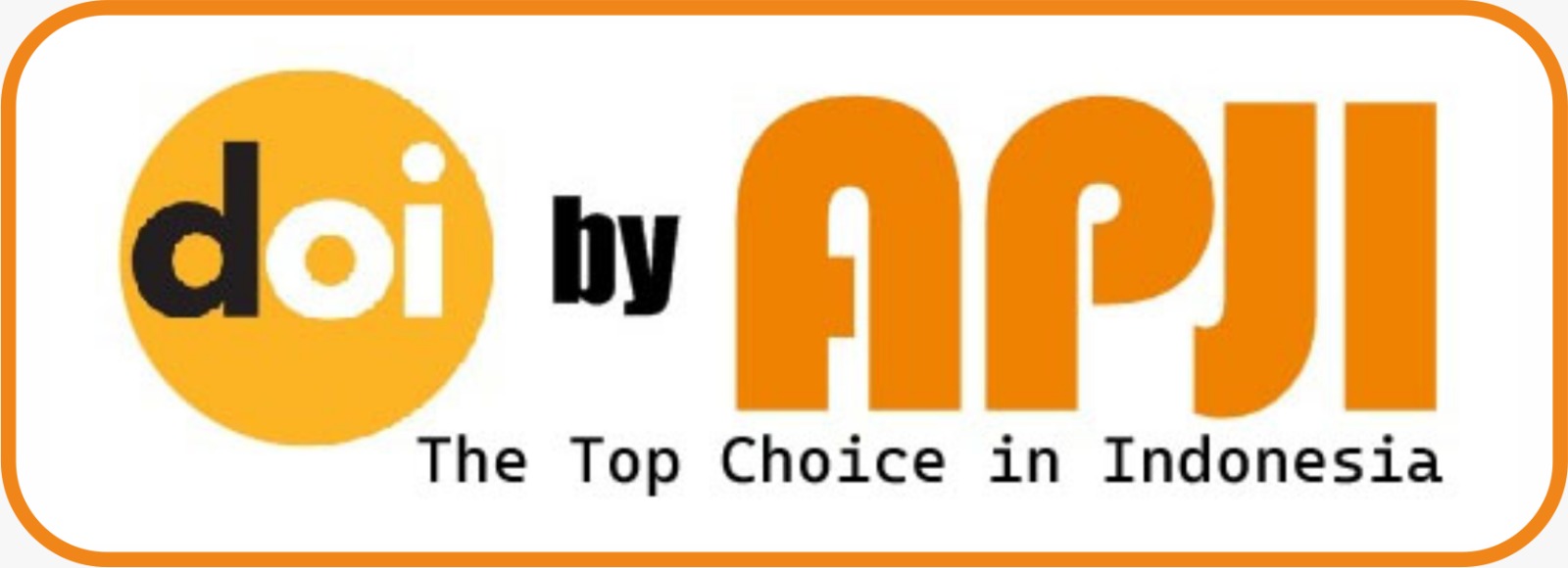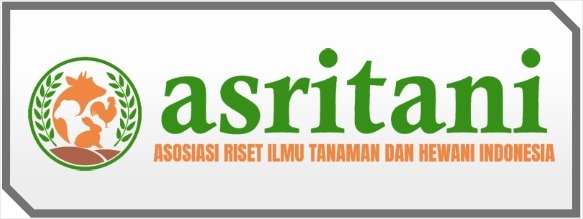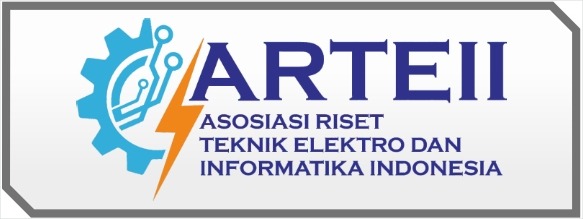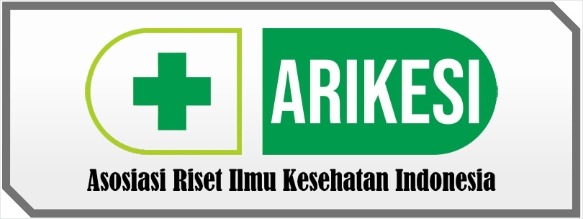Honey Price Classification using K-Nearest Neighbor Machine Learning
DOI:
https://doi.org/10.69930/jsi.v2i1.222Keywords:
Honey price classification, k-nearest neighbor, cross-validation techniqueAbstract
The global honey market faces significant challenges due to price inconsistencies, which often do not correlate with the actual quality of the honey. This research aims to develop a honey price classification model based on quality using the K-Nearest Neighbor (K-NN) machine learning method. The contribution in this research is a machine learning model that can classify honey prices validated by measured variables of honey concentration. Data was collected on 14 types of honey, focusing on price per 100 ml, pcategorized into 'cheap' and 'expensive' classifications. Data processing includes statistical testing using T-Test to determine the significance of price differences, followed by applying the K-NN algorithm for classification. Model performance is evaluated using metrics such as accuracy, the Receiver Operating Characteristic (ROC) curve, a graph used to evaluate the performance of binary classification models, and the Area Under the Curve (AUC). The results show that the K-NN model achieves an optimal accuracy of 100% and an AUC of 1.00 when the K parameter is set to 3, indicating excellent classification ability. It is hoped that these findings will increase market transparency, set fairer price standards, and help consumers and producers in making decisions in purchasing honey.






















